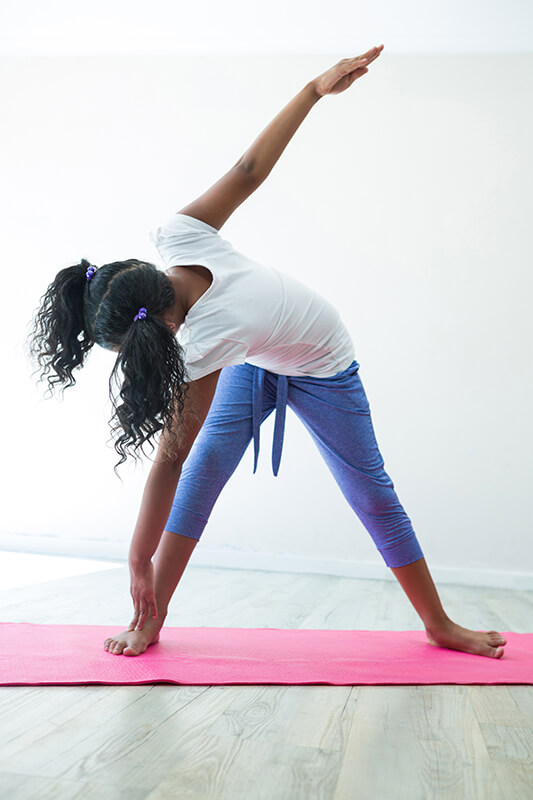What is Midline Crossing and Why is it Important?

When therapy professionals throw out the term midline crossing, we are referring to an imaginary line that runs from the head to the toes and separates the left and right sides of the body. Midline crossing plays a significant role in daily life skills because it allows the body to smoothly perform practical life, self-care, and recreational tasks. Some tasks that involve midline crossing include driving a car, taking a shower, cooking, moving food in our mouth from one side to the other, and playing sports.
Midline crossing is important on a physical level and a neurological level. On the neurological level, the left and right sides of the brain are responsible for different tasks. They need to communicate with each other to make these tasks functional. When both sides of the brain do not communicate, coordinated learning and movement do not occur.
On the physical level, our bodies typically cross midline spontaneously when we develop a dominant hand preference. When our body does not cross midline, both hands tend to work equally (left upper extremity works on the left side of the body and the right upper extremity works on the right side of the body). Equal practice sounds good, but when this occurs it can be very difficult to establish hand dominance. Fine motor skills may be delayed or poor, negatively impacting the skills necessary for school (i.e. handwriting, coloring, reading, etc.). Without midline crossing, trunk rotation will not occur. Lack of trunk rotation can present as poor core stability, a stiff body, or moving the whole body as a unit.
activities to encourage midline crossing at home:
- Household tasks such as dusting, cleaning mirrors, wiping down benches, and vacuuming
- Marching or dancing to music using both arms and legs (flossing is a great dance move)
- Sorting games (reach from one side and put into a container on the other side without switching hands)
- Using ribbons or streamers to make figure 8’s in the air
- In infants, hold one arm down and place toy on opposite side of the body to reach for
- Have the infant track toys with eyes while laying on their back
- Give babies plenty of tummy time
- Play hand gesture games (this little piggy), and show your child how reach across their body to touch their toes
If you suspect concerns regarding midline crossing in your child, please feel free to contact MOSAIC. If your child is already seeing a therapist, let them know!
